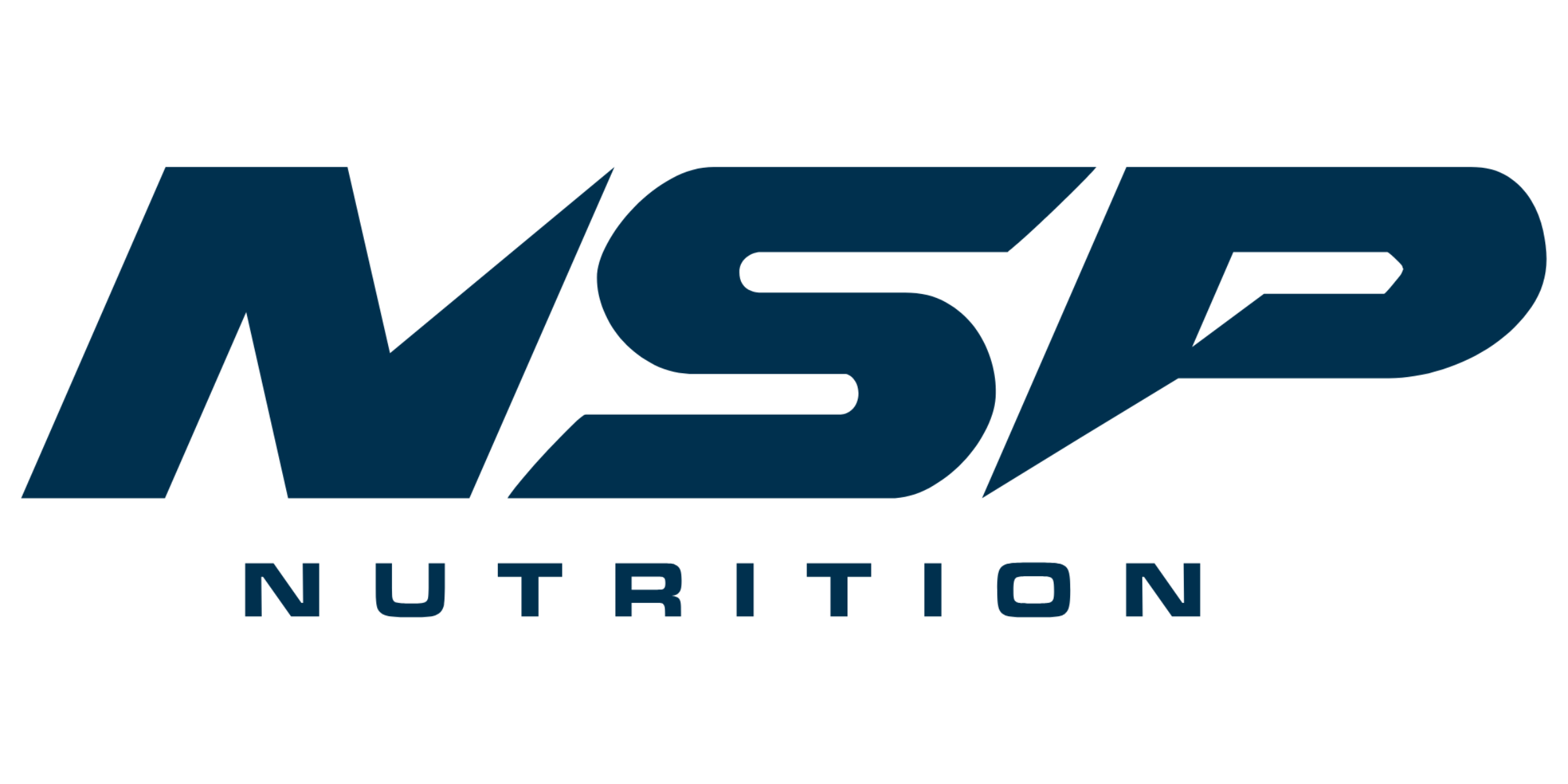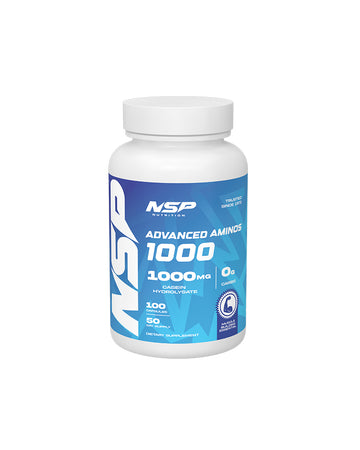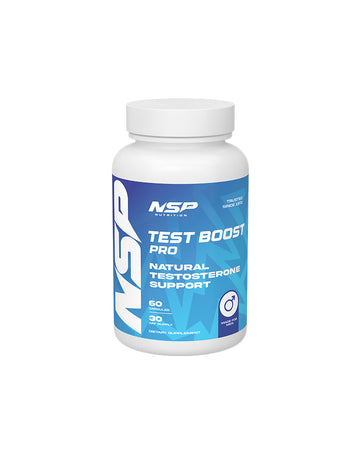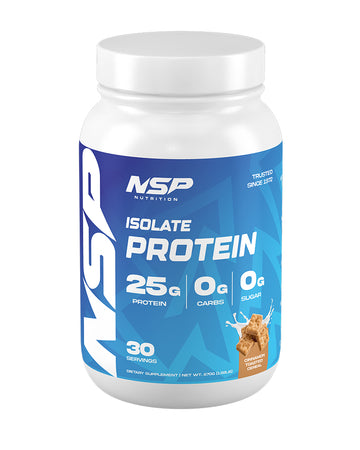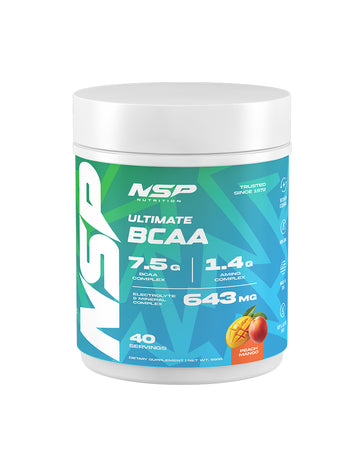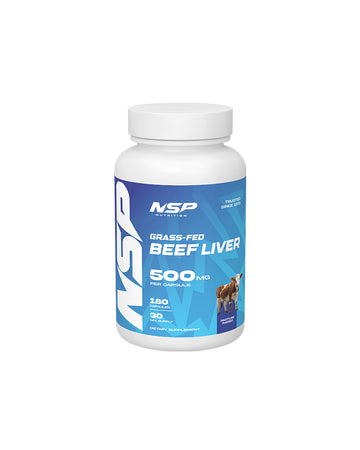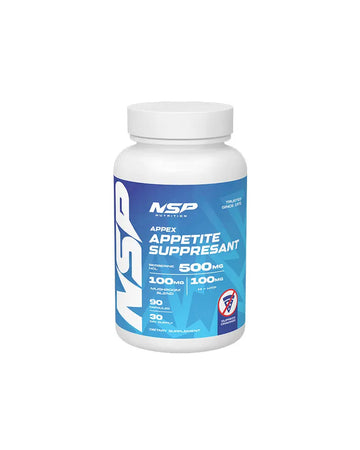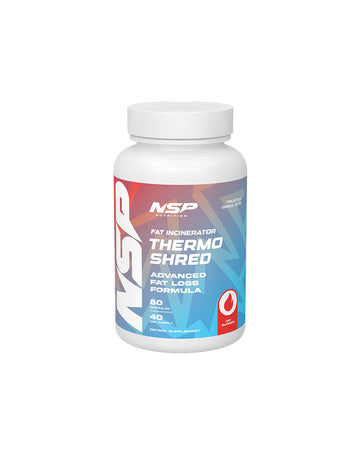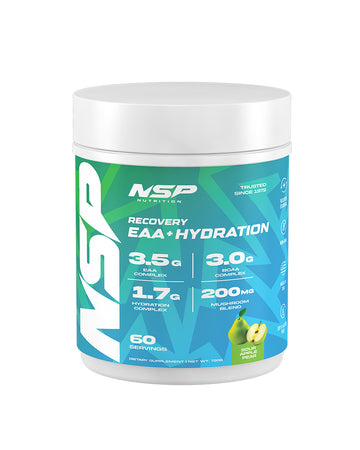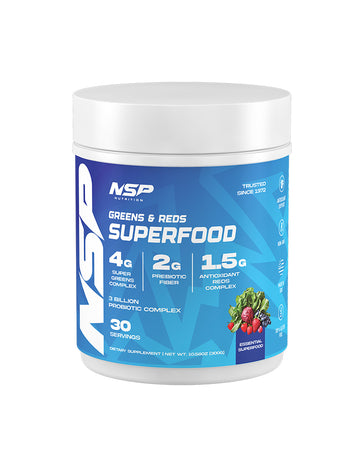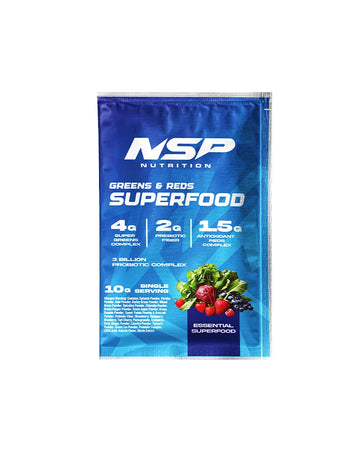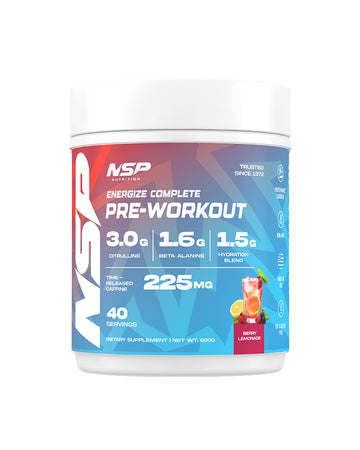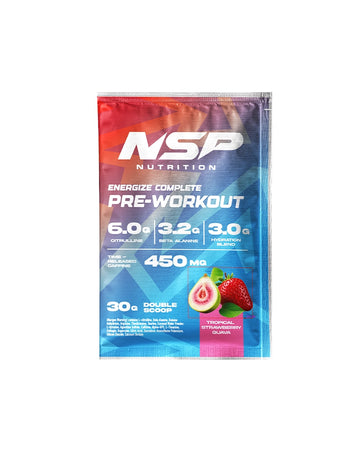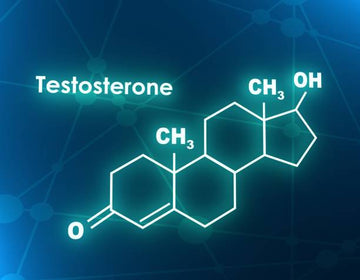Written by Dr. Juan Carlos Cassano, aka The Golden Bookworm

“Aminos”. Every bodybuilder that has visited the local supplement store has heard the name and is familiar with the term aminos. Most bodybuilders have heard of terms such as “BCAAS” too, and even essential amino acids, but I would bet you a million dollars that most don’t know how to use them correctly. This requires thorough research and understanding.
Vince Gironda of course, being a pioneer in nutritional research understood the potency of amino acids. Amino acids are molecules, and like drugs, have a specific effect in the human body. More so, under certain conditions or combinations, they can be very potent. Their effect can also be different between person to person depending on the persons genetics and other important factors. The Biochemistry of Amino Acids is a very complicated subject, and only recently has science begun to unravel the secrets of these potent anabolic molecules.

Amino Acids (AAs)
There are 21 amino acids common to all life forms. The 20 genetically coded AAs include Alanine, Arginine, Asparagine, Aspartic Acid, Cysteine, Glutamic acid, Glutamine, Glycine, Histidine, Isoleucine, Leucin, Lysine, Methionine, Phenylalanine, Proline, Serine, Threonine, Tryptophan, Tyrosine and Valine. Selenocysteine, the 21st amino acid, is considered a special case, but nevertheless is important for protein synthesis.
Amino acids are the building blocks of protein. Proteins are simply a large chain or chains of amino acids called peptides. An amino acid binding to another amino acid forms a peptide bond, and a peptide chain. Once these peptides are long enough, they begin to fold due to intermolecular forces, and form a protein molecule. Proteins of course have different functions throughout the body, including enzymes, hormones, etc. I don’t want to bore you with a biochemistry lecture on proteins, but what is important for you to understand is how proteins are formed, and now you understand that proteins are formed from the peptide chain formation of amino acids.
Understanding this, you probably can now make the connection as to why proteins and amino acids are necessary for muscle building. Muscle fibers are made of proteins called myosin and actin. If your body cannot create the amino acids or does not have an adequate supply of amino acids through your diet, it can’t create the necessary peptides and proteins needed to create muscle fibres. This process is essential for muscle hypertrophy.
Essential Amino Acids (EAAs)
Essential amino acids are those that cannot be synthesized or produced in the body, and therefore these must be supplied in adequate amounts through the diet. These include Phenylalanine, Valine, Threonine, Tryptophan, Methionine, Leucine, Isoleucine, Lysine and Histidine.
Effect of Free-Form Amino Acids
So why did Vince Gironda rave on about free-form amino acids? Well, free-form amino acids are amino acids that are not bound to peptides, or in chains, hence they are “free” molecules. When we eat a steak for example, in order for your body to absorb the amino acids from the steak you just ate, it is necessary for the steak to be digested by your body. For adequate protein digestion to occur, certain enzymes in your body need to do their work in breaking down the steak into smaller and smaller pieces until peptide chains are left, which then break down into free amino acids. These amino acids then circulate through your body and are used up by the cells throughout your entire body. This whole process takes hours and up to 2 days for protein to be completely digested!

When free-form amino acids came out, Vince Gironda amongst others celebrated this giant breakthrough. Why? Well because for the first time, amino acids, which are the building blocks of protein and muscle, could be ingested and immediately available to your muscle, without the need for digestion! As Vince put it in The Wild Physique:
"Amino acids have provided a giant breakthrough for bodybuilding. They get to the muscle quickly and efficiently, even if you have digestive problems. They provide quick and easy building materials for the body without bloating or fattening the body. They also aid in keeping blood-sugar levels up during stressful times of dieting to lose fat. Taking amino acids every three hours keeps the body constantly supplied with protein and the nitrogen level stable."
As you can see, Vince was very enthusiastic about Free-form amino acids way back then. He claimed that free form amino acids can get to muscle tissue quickly for hypertrophy to occur because they keep blood nitrogen levels stable and they can also help stabilize sugar levels during ketogenic diets. These are again some very bold statements for the time, but let’s explore what science has to say about the anabolic effect of amino acids.

Are Free-Form Amino Acids Anabolic?
Some studies do suggest that either oral administration or intravenous administration of free-form amino acids can stimulate muscle synthesis in both young and elderly people, as once theorized by Vince Gironda. Having said all this, science still needs to catch up, and more scientific research needs to be performed to study the effect of free-form amino acids on trained athletes.
Science has however come out with some exciting research on individual amino acids and their effects on muscle protein synthesis. A few years ago, branched-chain amino acids (BCAAs) where all the craze, and they were reported to be necessary for muscle hypertrophy. Branched chain amino acids include Leucine, Isoleucine and Valine. The reports of BCAAs being anabolic was proven to be correct in the case of leucine, because recently science has proven that Leucine itself is responsible for the activation of the mTOR cascade that is critical for increasing skeletal muscle protein synthesis (Katsanos et al 2006).
This groundbreaking study proved once and for all why many bodybuilders, including Vince noticed the anabolic effect of certain essential amino acids such as BCAAs. This study also showed why protein fractions such as whey, which has a high level of BCAAs is also so effective at protein synthesis (Hulmi et al 2010). Furthermore, free-form leucine may have a further anabolic effect in older adults, as shown by Katsanos, implying that at least certain free-form amino acids may indeed have an anabolic effect. Many scientific studies have since shown that individual amino acids can have specific effects on athletes, and again, to go through all the studies would take forever.

The Anabolic Effect Of BCAAs
For a while, the scientific community was split as to whether BCAAs had an anabolic effect or not. When you look at all the research that has been performed over the years you realise that the research can be conflicting because some research studies suggest that BCAAs have an anabolic effect, whilst other studies do not. What is important to understand is that for BCAAs to have an anabolic effect, they need to be taken as a supplement that enriches the protein you are already consuming. Several recent reviews do not support the use of BCAAs alone. Instead, the research tends to support the fact that BCAAs tend to increase muscle hypertrophy when supplemented with a high protein diet. What is important to understand is that after exercise, the body is sensitized to shuttling amino acids into our cells. Therefore it is important to take advantage of this time by supplying the muscles with muscle building amino acids, especially essential amino acids and branched chain amino acids to stimulate protein synthesis.
Conclusion
As a final note, the International Olympic Committee and the International Society of Sports Nutrition both recommend that after resistance training, one should consume 1.6g-2.2g of protein per kg of body mass, and that the meal should be enriched with essential amino acids and 700-3000mg of the branched chain amino acid Leucine (Santos & Nascimiento 2019). What does this mean for the bodybuilder? Well if you are following a balanced diet, supplementing with both protein and either leucine or branched chain amino or a high quality free form amino acid supplement may be advantageous.
So I do hope you have enjoyed this blog on the bodybuilder’s essential guide to amino acids, and I hope that by explaining some of the modern research findings, that you now know how to adequately supplement with amino acid supplements to further enhance your bodybuilding potential.
References
Katsanos CS, Kobayashi H, Sheffield-Moore M, Aarsland A, Wolfe RR: A high proportion of leucine is required for optimal stimulation of the rate of muscle protein synthesis by essential amino acids in the elderly. Am J Physiol Endocrinol Metab 2006, 291:E381-7.
Hulmi et al: Effect of protein/essential amino acids and resistance training on skeletal muscle hypertrophy: A case for whey protein. Nutrition & Metabolism 2010, 7:51.
Santos CS and Nascimiento FEL: Isolated branched-chain amino acid intake and muscle protein synthesis in humans: a biochemical review. Einstein 2019, 17(3): eRB4898.
